Toyota has poured £68m and 576,000 hours of development into its Toyota Yaris hatchback in order to help it compete in the increasingly competitive and style-conscious compact car market.
Over 1000 new parts have made their way into the 2014 Toyota Yaris, with the chief changes comprising a heavily restyled interior, more modern and distinctive exterior styling and a host of ride and refinement tweaks.
Alessandro Massimino, Toyota’s European product manager, said: “The Yaris was always extremely strong in its rational dimensions. What we wanted to achieve was to connect the model not only with our customers’ brains, but also with their hearts.”
“We identified that the Yaris delivered on the packaging, durability and cost of ownership front, but wanted to make the car more engaging and emotionally connected.”
Externally the main changes comprise the adoption of the more distinctive cross-shaped front-end styling that recently debuted on the new Aygo. The rear has also received some attention, in the form of a redesigned bumper with an integral diffuser, LED light clusters and a reshaped registration plate surround.
The Toyota's interior has benefitted from a significant revamp, consisting of a redesigned dash and door panels that grant it a sleeker look, higher-quality materials and a larger display for the integrated 'Touch 2' multimedia system.
Minor tweaks like satin chrome trim where there would have previously been plain chrome further serve to give the cabin a more upmarket look, while refinement upgrades including a wind deflector integrated in the cowl and more silencing materials to quell road and engine noise.
Toyota has looked to tap into the increasingly popularity of customisation too, consequently offering the new Yaris with a wider range of trim levels that grant buyers access to varying colour schemes, trim materials and wheels.
Underneath the Toyota Yaris benefits from a new torsion-beam rear end and a modified platform. Toyota has added additional spot welds, a thicker bulkhead, new windscreen bonding material and structurally modified the tunnel, wheel tubs and rear bumper structure to stiffen the chassis.
The car's suspension has seen some upgrades too, including new springs and retuned dampers, while the electronic power steering has been recalibrated to deliver more feedback.
Efforts to bolster the Yaris' on-road engagement further include the likes of raising the interior's centre console, allowing for a 30mm reduction in length of the gear lever, reputedly improving the feel of the car's gear shift.


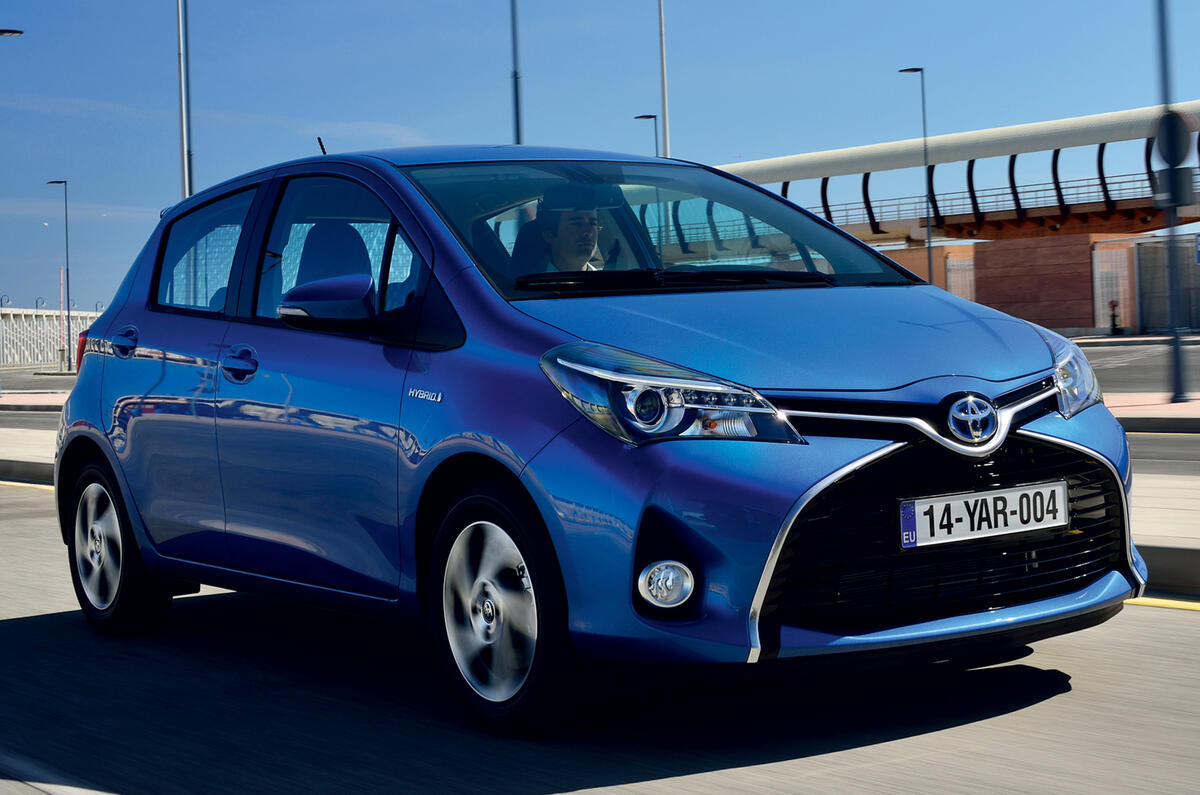
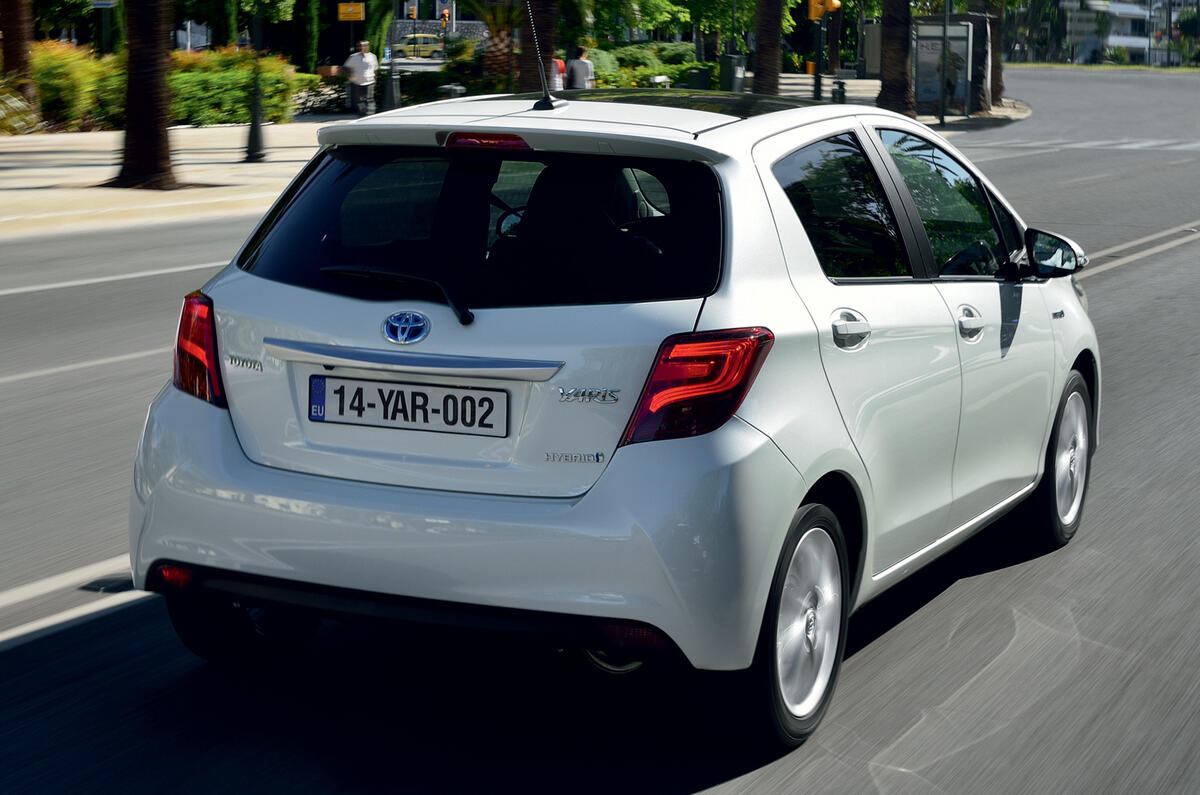

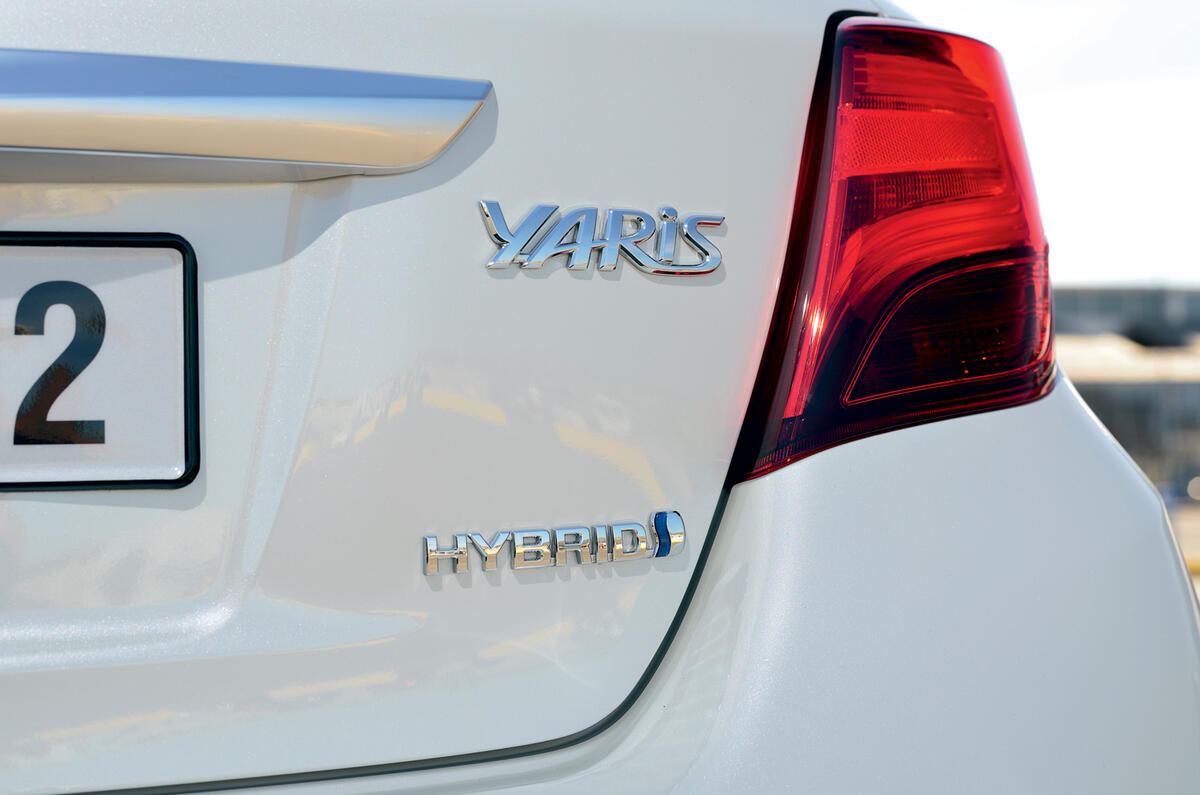
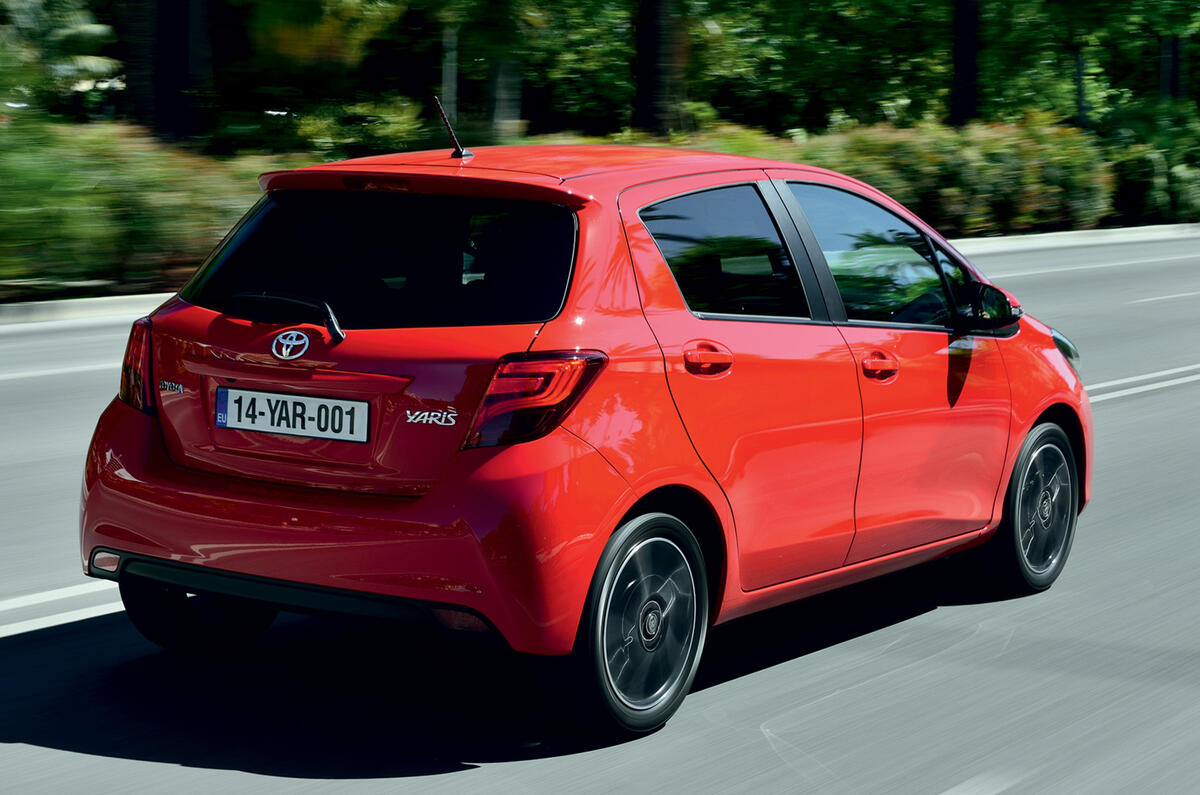
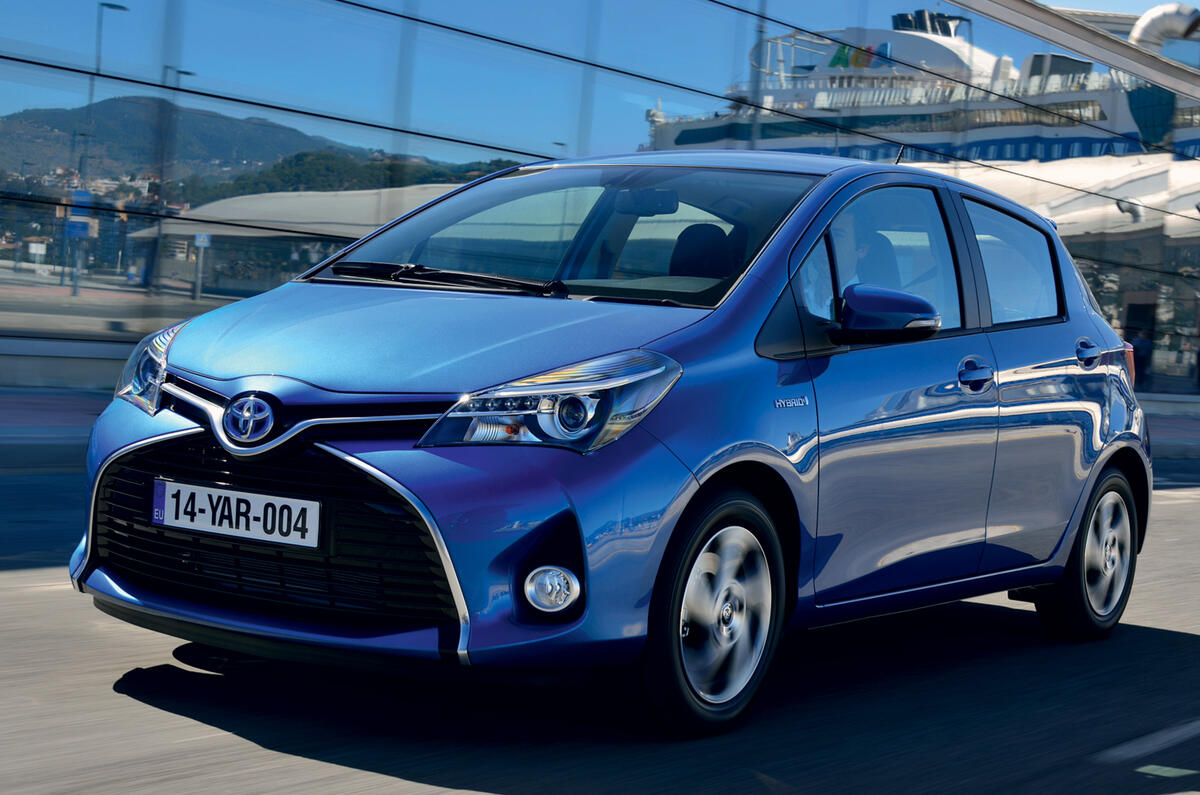
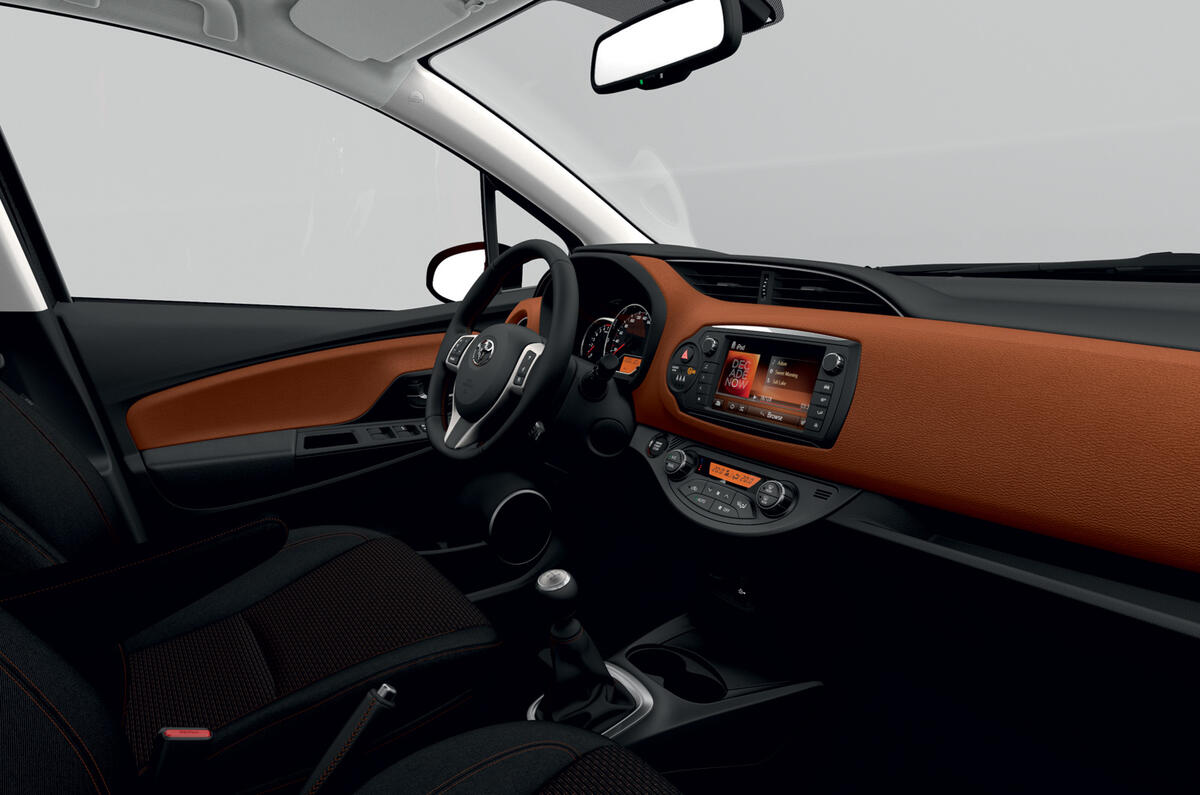
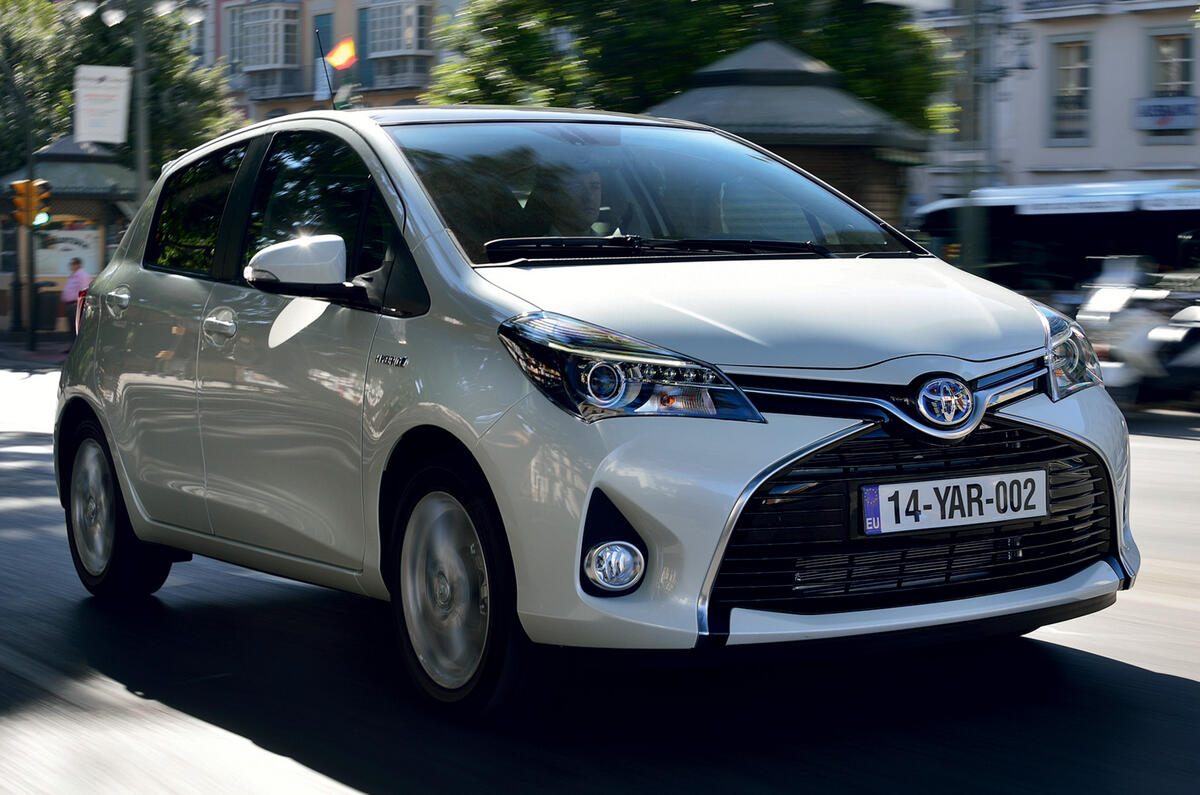
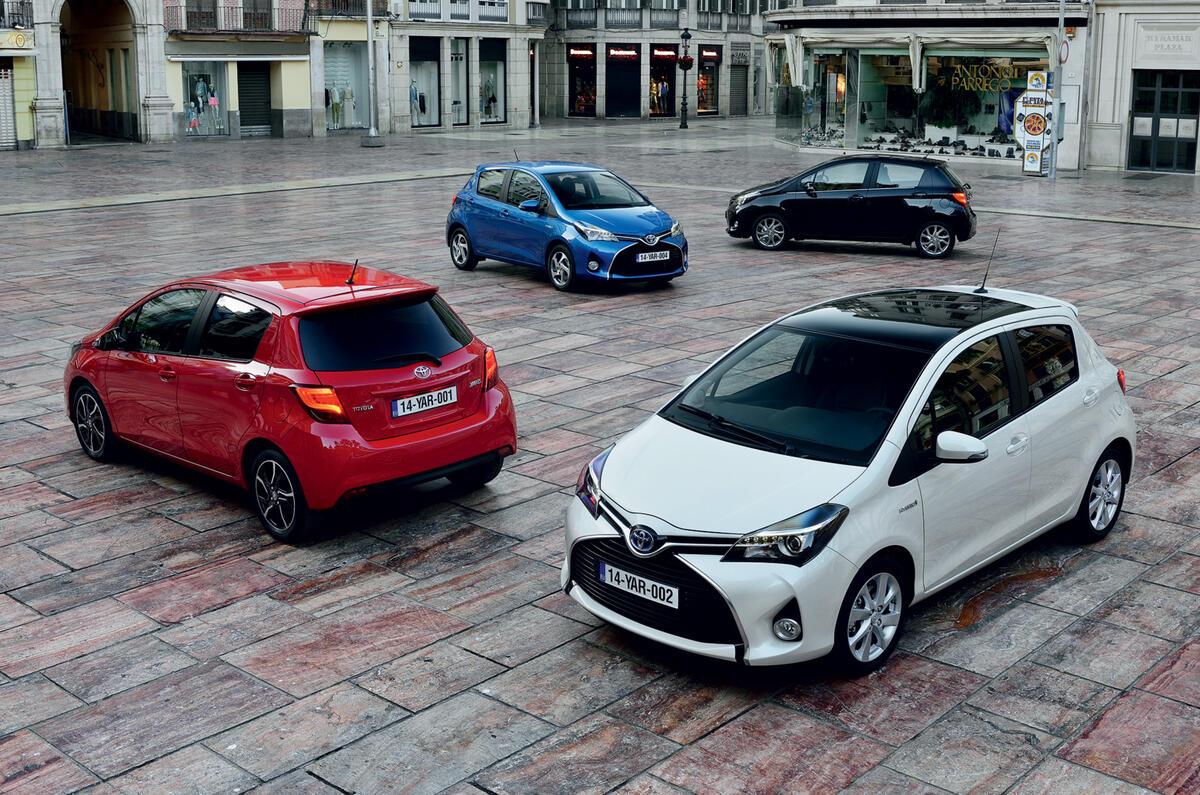
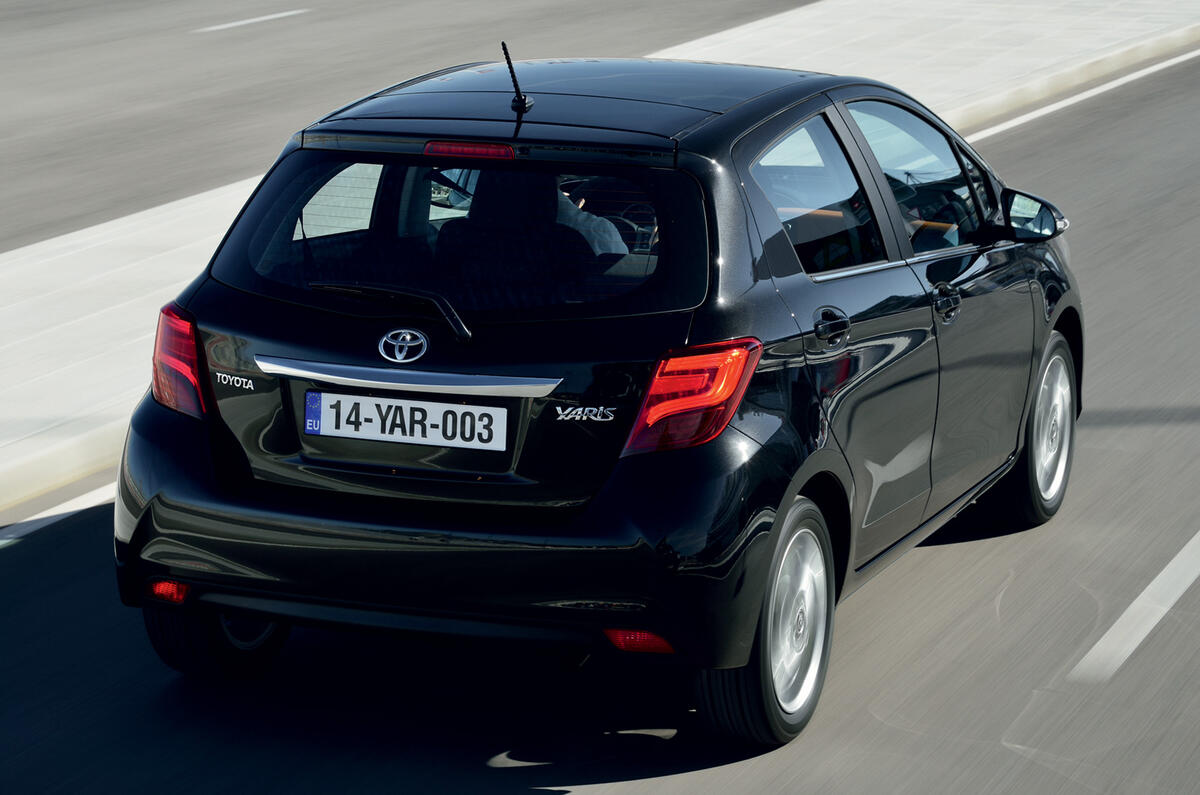
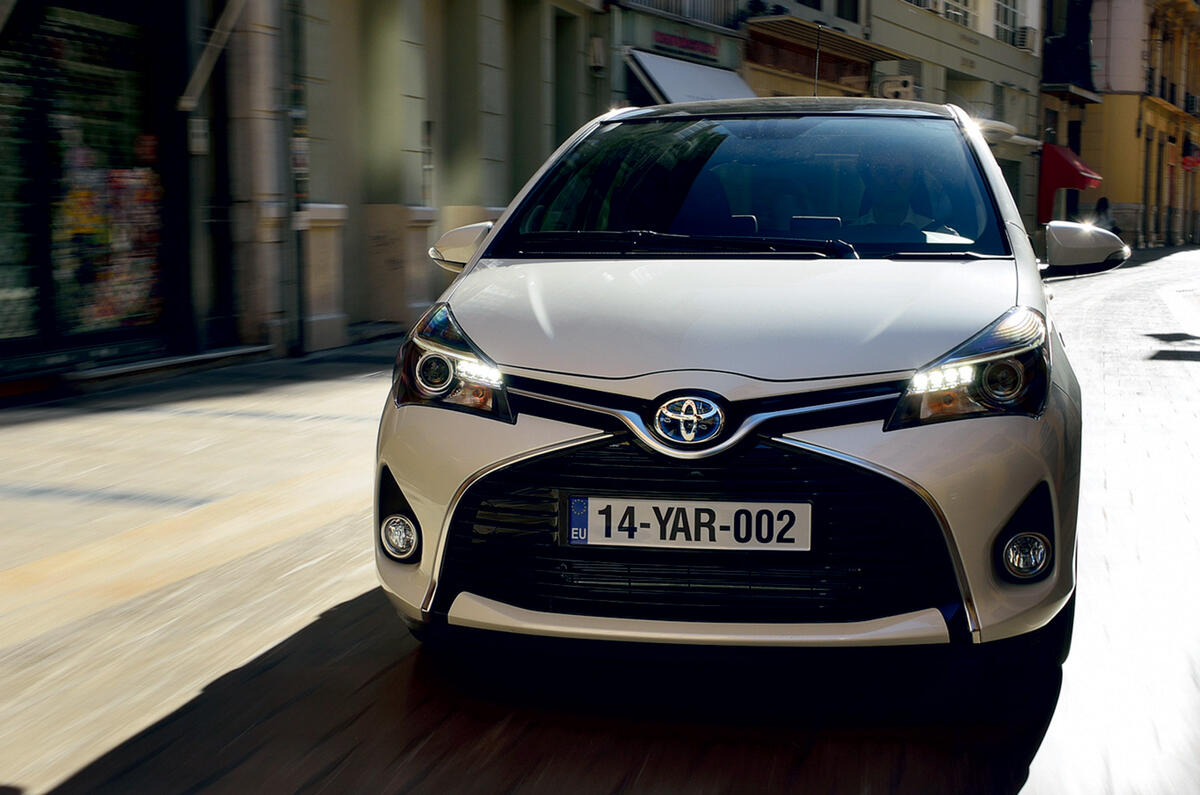
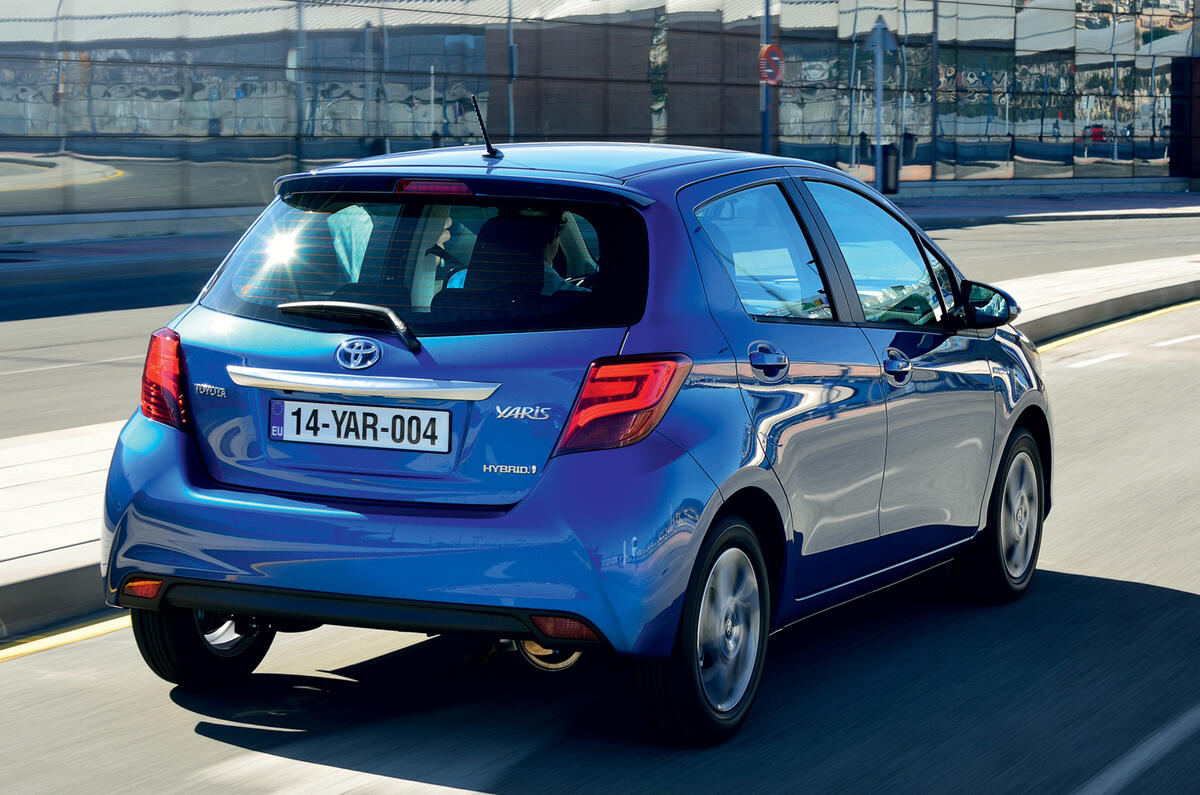
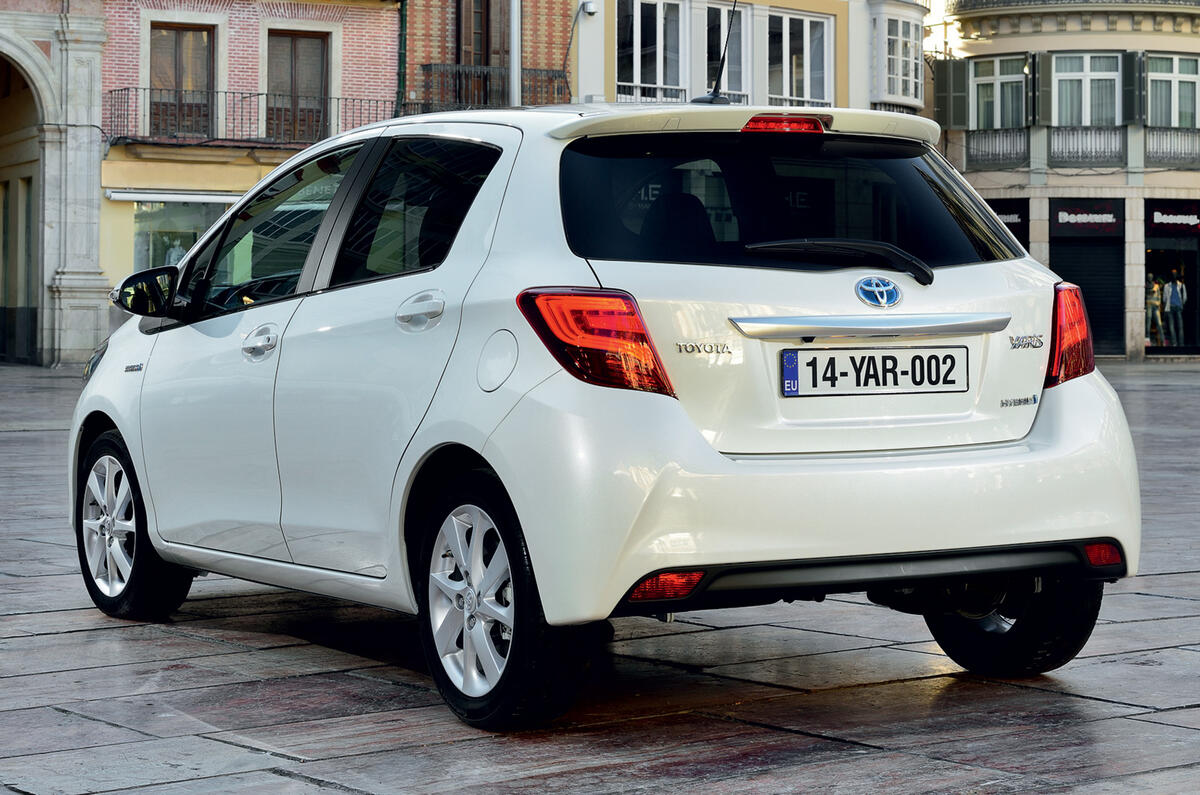
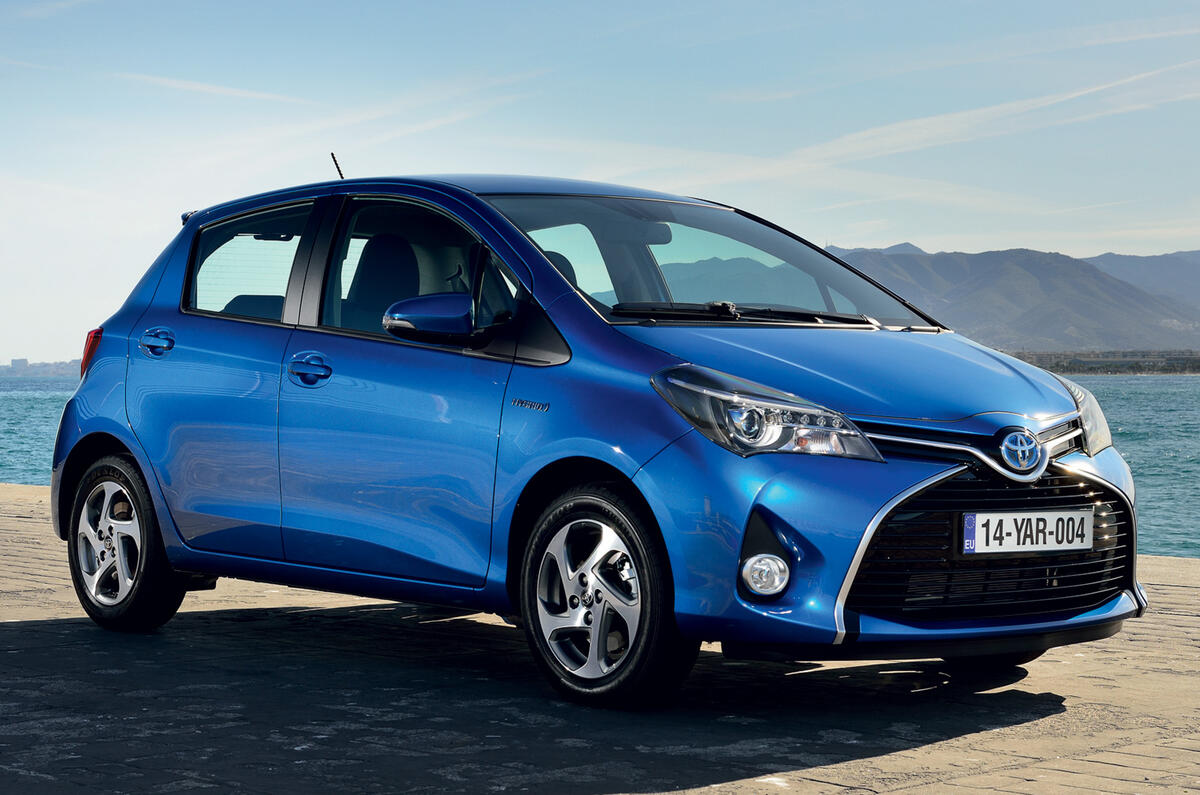
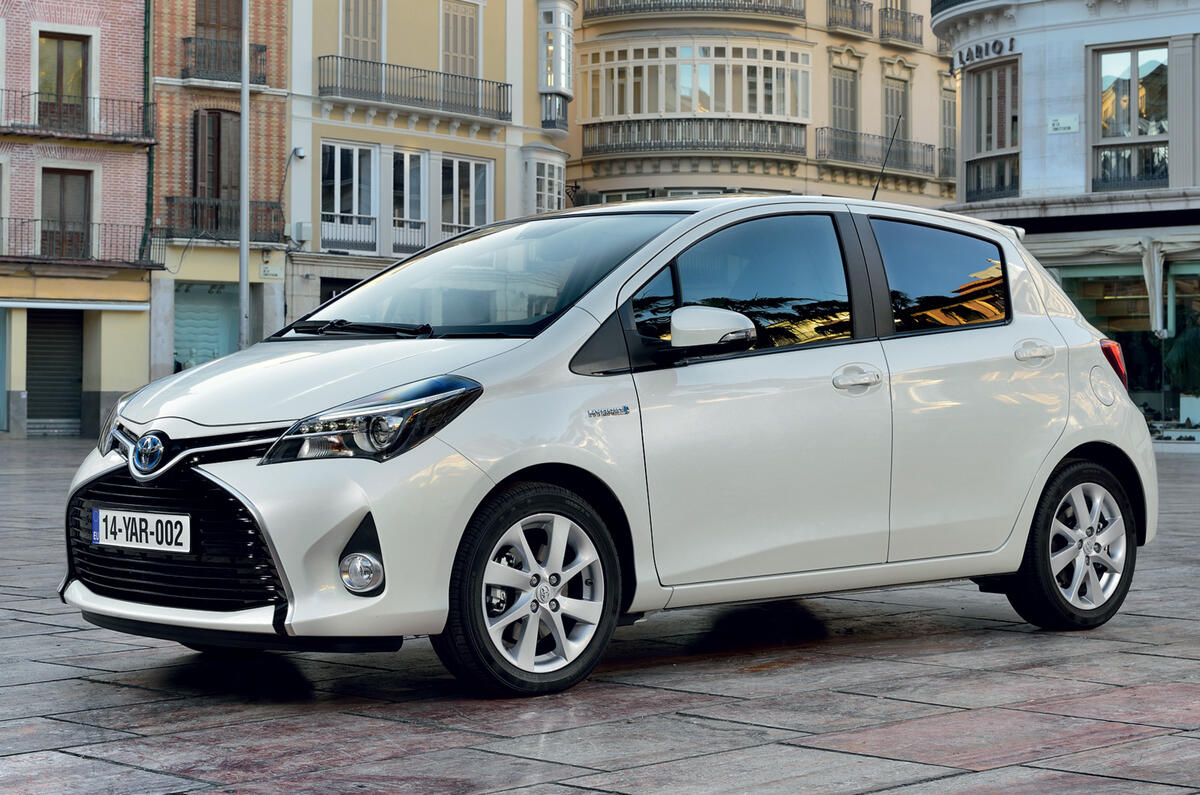
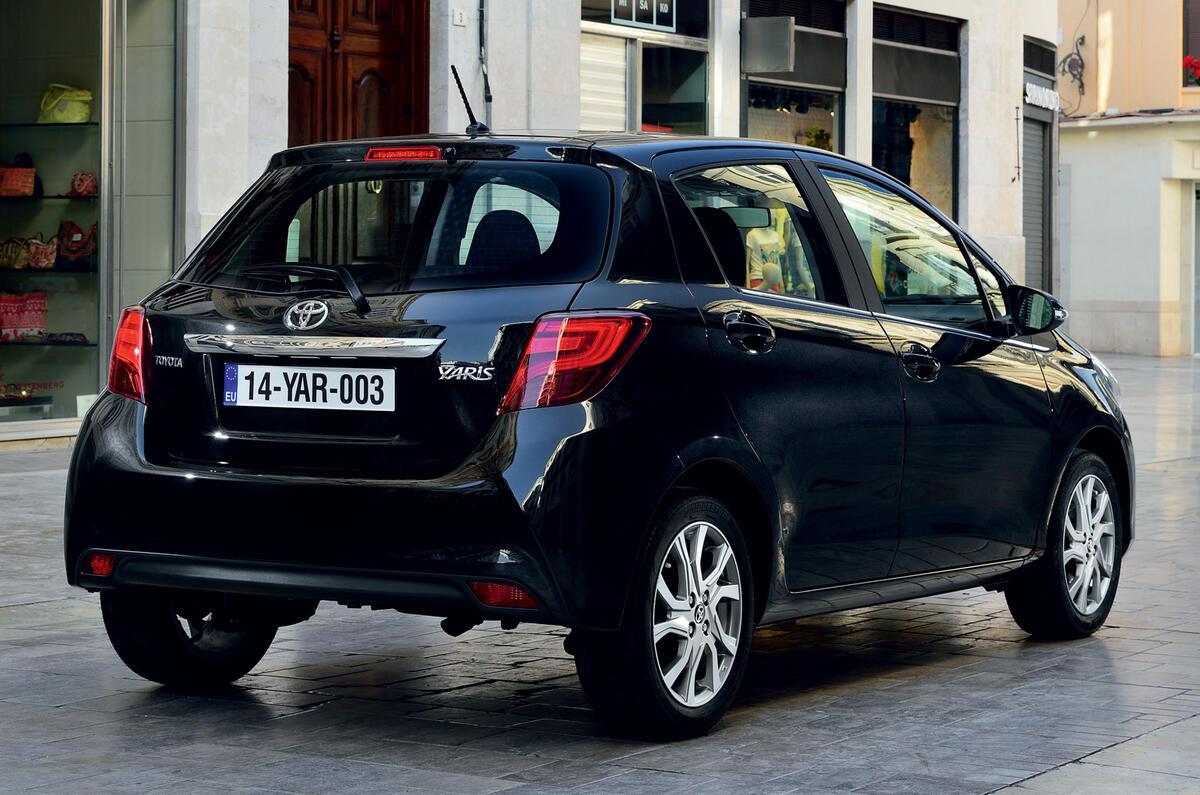
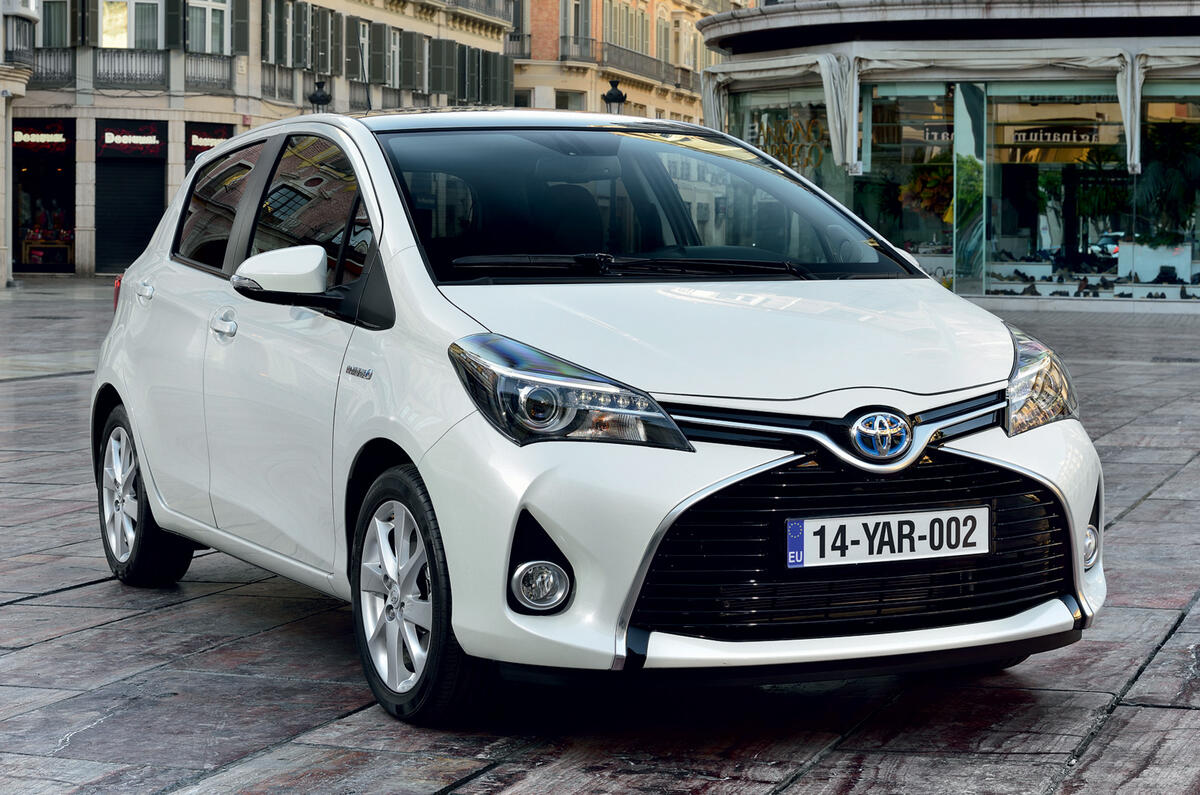
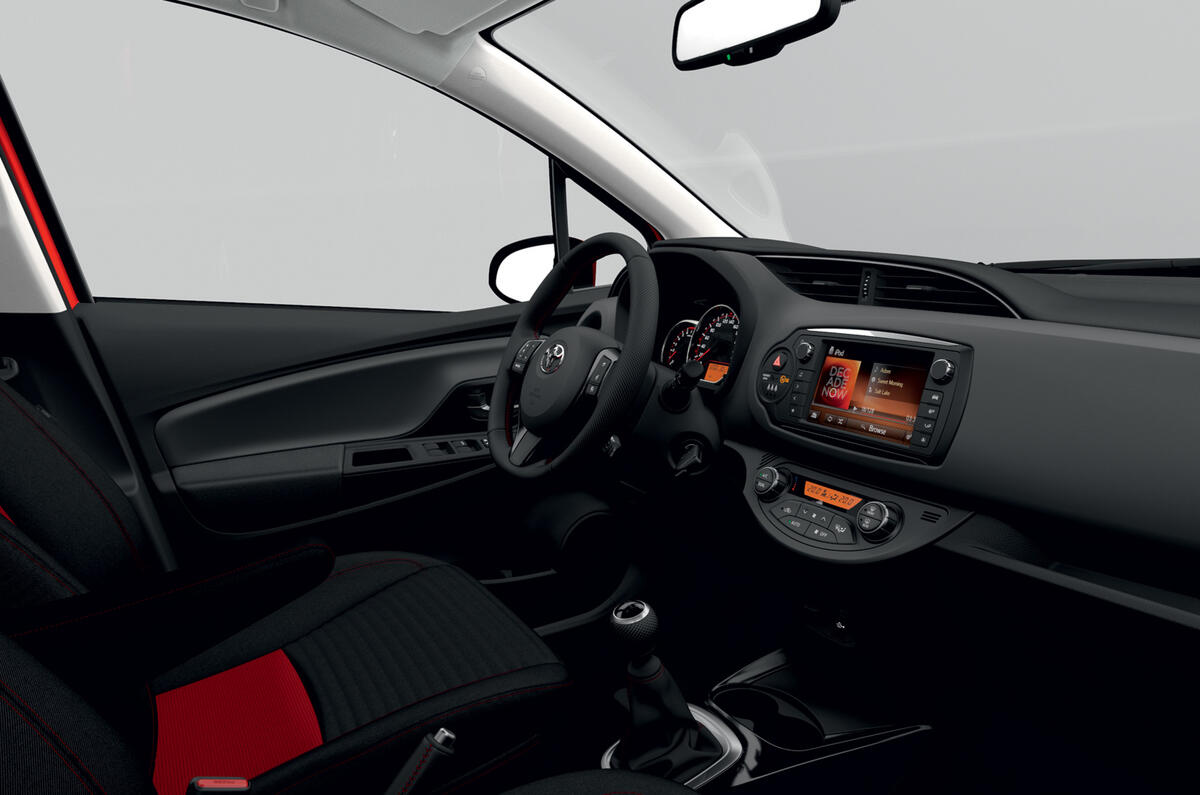
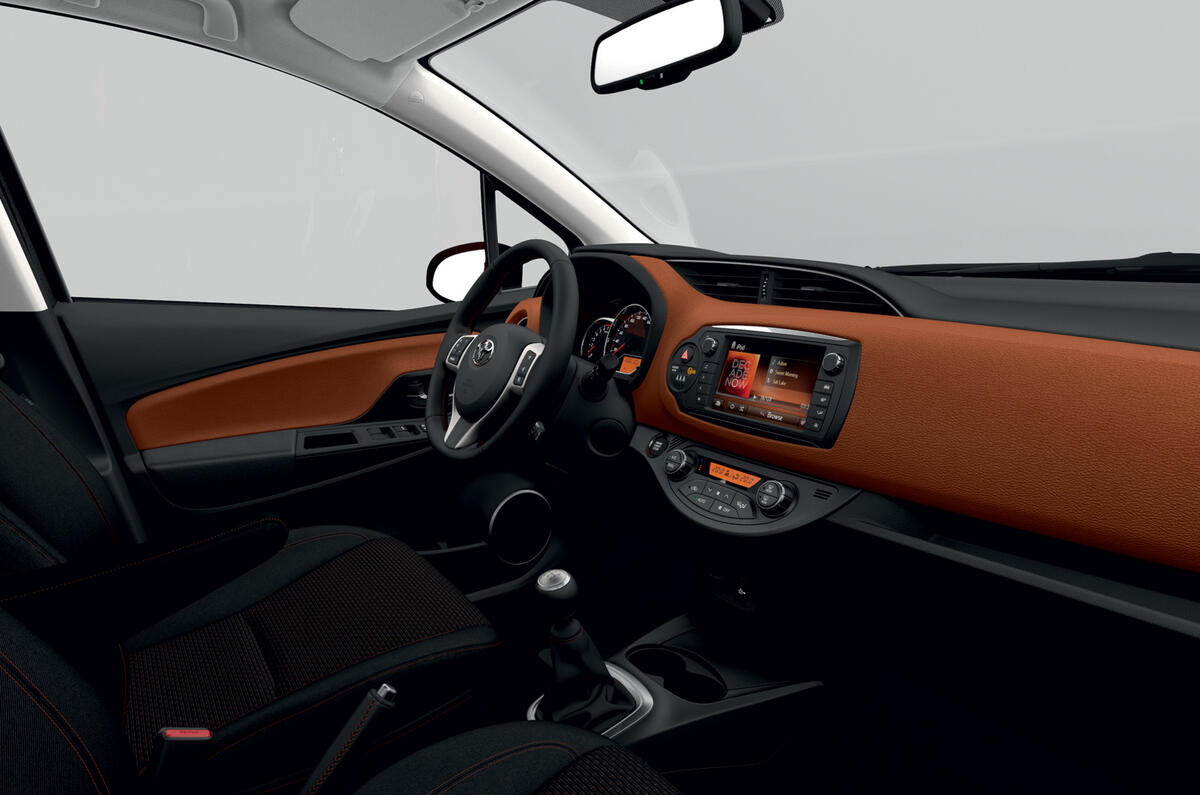
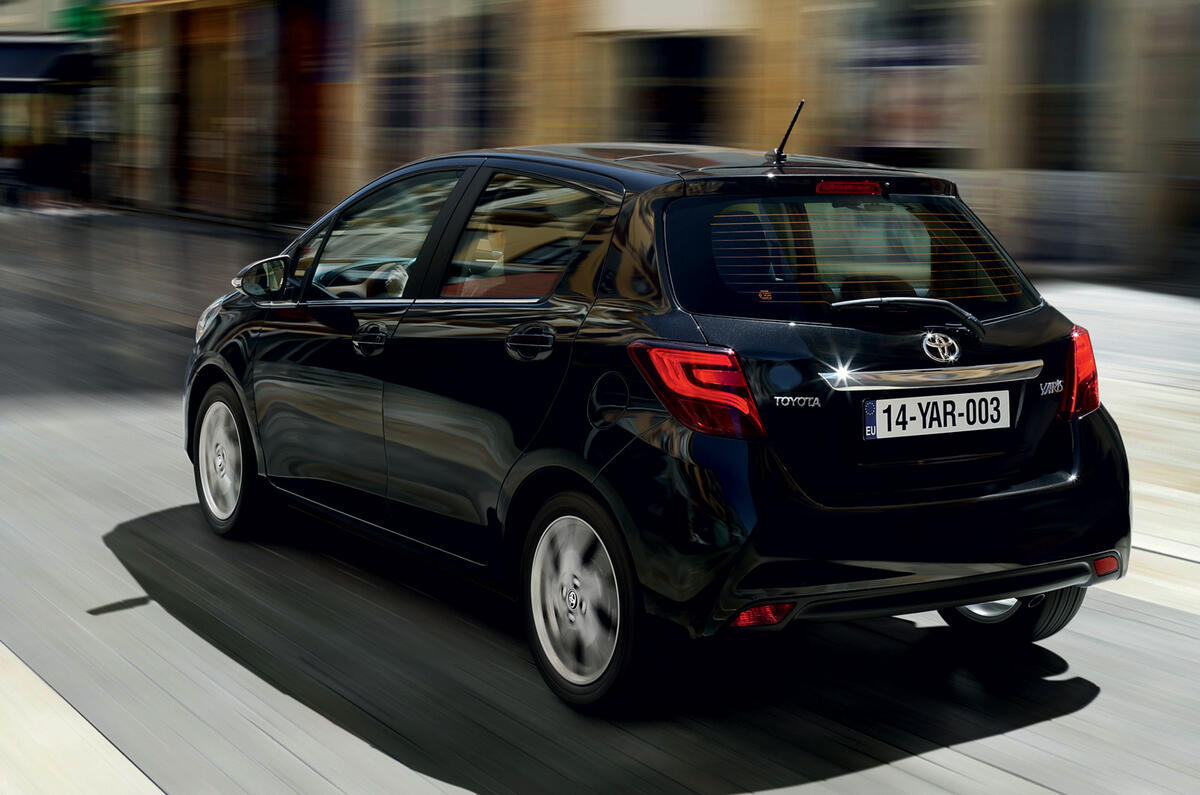
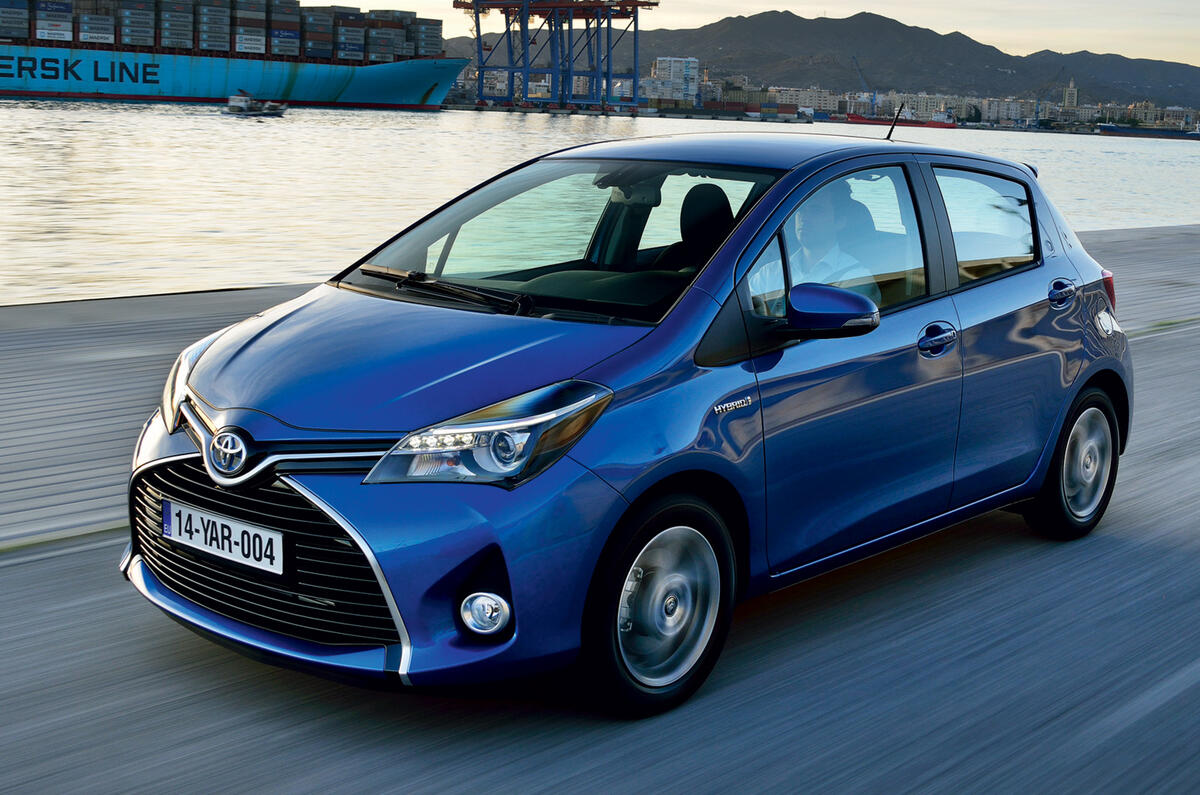
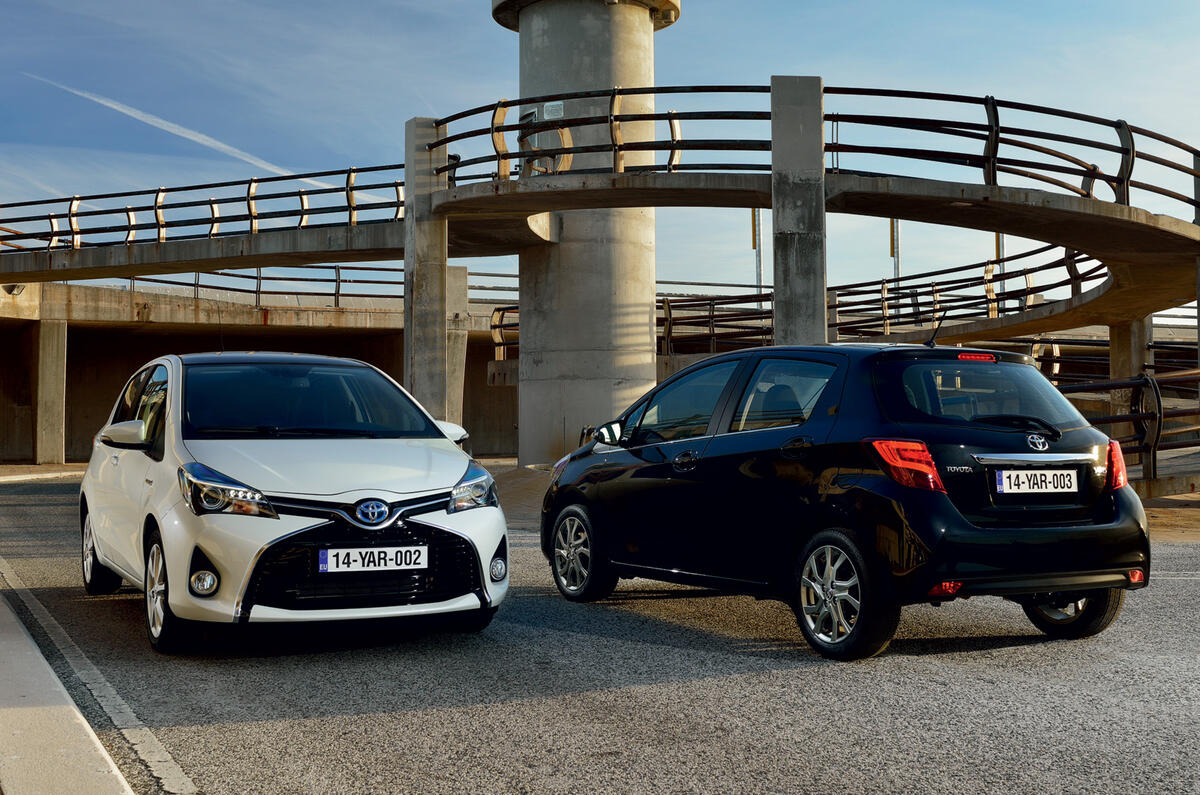
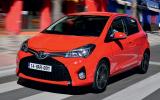
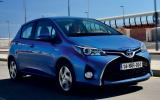
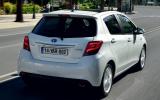










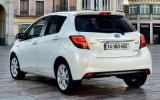

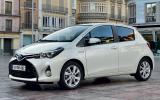


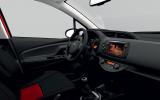


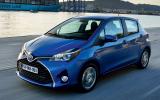




Join the debate
Add your comment
By the way
At least it's not invisible now.
The pre-face lift version of the current version was just invisible though, and way too expensive vs the previous generation. This lifts it a fair bit, but the face is a bit over done, so looks a bit gimmicky. Pity, as a good looking funky Yaris could take a decent share of the market.
I had the misfortune to get a loan Avensis recently, it was OK to steer, but with a worse ride than S-Line Audis get critisized for, and the engine sounded like a walrus in a tumble dryer when even remotely extended.
I still prefer the original Yaris
n50pap wrote:I still prefer
what? static electricity is provoked not by the car (any car) but only by yourself! your body charges up by rubbing your cloths in the car seat , so when you get out of the car and you touch the car, this one acts as a earth terminal and then it happens a discharge. the problem here could be is the material used in the car seats , which if it is based in polyester it helps to charge up, and if you use certain shoes that act as an isolator it make the discharge on the car instead the floor. but static never is produce by the car...